Tom Strala
Tom Strala builds. Works that once remind of mundane high-rise buildings, sometimes of visionary half-timbered buildings. It builds, with the eye of an architect, with a secure shape for complicated constructions. Tom Strala is an architect who does not build houses but tables, armchairs and lights.

Designer Tom Strala
Designer Tom Strala was born in Schaffhausen and lives and works in Zurich. He completed the architecture studies at the ETH Zurich in 2001 and began to break through traditional perspectives during the ensuing scholarship trip to Brazil (Erich Degenstiftung – Theme: ‘The Built Faith in a Better World’) and is looking for his own ideas consistently and playfully. Tom Strala chases the idea of an idea, but not to catch it or even to do it, no, to breathe life – because ideas are most beautiful when they live.

Artist Tom Strala
With an almost scientific meticulousness, the artist Tom Strala analyzes the characteristics of materials, examines traditional references and examines any influences on their possible applicability in their own artistic work. He continues to develop and create new and familiar features. In 2005, the tms series received the “Europes Luminaire of the Year” award and praised Tom Strala’s own new style in the specialist press. In 2007, Tom Strala, as President of the Jury, led the first (ida) ‘Innovation and Design Award 2007’ in Zurich to success.
STRALA, the design company, is becoming increasingly popular in the Swiss and international art market. The newest properties (Bartok 2007, Nelumbo 2007, Napoli 2006, Kalahock 2007) create a bridge between art and use and are positioned as “built ideas” in the international market.
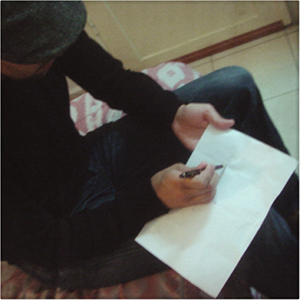
Object of Tom Strala
If Tom Strala designs an object, it is not just the form. He is interested in the longing and the power that lies in it. From 2 to 4 November, the architect and designer will visit the Designgut in Winterthur.
Architect, designer, thinker? Tom Strala is everything – and nothing. Nothing in any case. The 38-year-old moves between parallel worlds. He is interested in friction surfaces and things that can not be grasped at first sight. And because he has no better name for what he is, he describes himself as an artist. Other artists and galleries are also the ones he addresses with his objects and who buy his furniture. Whether light or chair, his objects embody ideas. He can not answer questions straightforwardly and simply. He always comes into narrative and philosophizing – and often loses the beginning of the question.
Architect Tom Strala
It is difficult to grasp it. The architect Tom Strala has a loves the vague, hovering and the inter-tones. “The world is not black and white, it is gray.” He also tells the people on his website. Tom Strala black on white in a time article to ban is actually almost impossible.
The power of the idea in the center
The form as a pure form does not interest the designer, and that his objects appeal to other people, he seems to rather surprise him. Tom Strala wants to “create more than beautiful things.” It is the power of the idea that he wants to transform into an object. Although the commercial success for him is not in the center and he deliberately responds to a time-shift with a gegentrend, he can now live from his creations. “I do not tell people to avoid buying my items.”
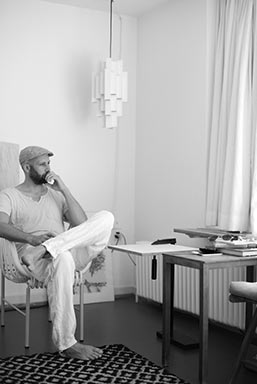
Inventor Tom Strala
The inventor Tom Strala goes into processes and it is the idea of a furniture or an object that fascinates him. It is the passion for a basic idea that drives him.
As for his “TMS” luminaire, for which he has been developing for four years: the initial material is a piece of steel sheet, which is cut with the laser. The sheet is then folded by hand, similar to the Japanese paper artifact origami. By moving the sheet metal into the volume, it “begins the tilting moment, the luminaire becomes a hermaphroditic, which includes the surface and the volume,” Strala muses. The fact that the luminaire illuminates magically mysteriously their light, he now realizes so correctly, since he has hung them in his apartment. Before his move, the artist avoided being surrounded by his own objects. Because a luminaire was missing, he used one of his «TMS».
Tom Strala art
And so he has now, after eight years, “enough distance to look at her like someone else.” To immediately postpone: “If one wants to understand Tom Strala’s art, one must always keep in mind at what time it has emerged.” “TMS” comes from the years when lights were invisible. “Other designers laughed at me. In her eyes I was completely wrong. “At that time. Now it’s different. Today, if he wanted commercial success, he would have to rely entirely on this luminaire and offer it in even more variants and sizes.
But the architect and designer is not interested in this. Rather, he wants to create new things, to deal with fresh ideas, in the effort to avoid repetitions. “To cite oneself is just as boring as to cite others.” There is also the same restriction: “If, however, the invention becomes a self-purpose, as is the case with well-known architects, then that is also clear.”
Primitiv art
In Tom Strala, no object is equal to the other. The only equal is primitive art. The “Kalahari” chair, for example, resisted the trend towards total reduction. In 2005, when the chair arose, absolute minimalism was announced. “Everything was cubic, every connection, every construction had to be hidden.” “Kalahari” is different. The chair celebrates the connections: The basic structure consists of metal pipes, which are connected by scaffold clamps as used in scaffolding. On the other hand, a leather is stretched, all parts of the chair are made visible. While “Kalahari has something bulky, the sculpture” Calamares “develops a futuristic beauty. And even though ugly energy-saving lamps form the basic building blocks and are mounted on a ball with white aluminum pipes.
Archaic
Strala
The “Frankenstein Chair” also has a history. It is pure archaic. For two years the native Schaffhauser needed his development. “The chair is about the desire to possess everything,” is the description. It consists of three chairs, from Ron Arad’s «Tom Vac», Jean Prouvés «Cité and Arne Jacobson’s« Series 7 ». And then another was almost like a similar idea and was present in all media. “I should have known. There had to be something wrong with minimalism. “
Objet brut
The “Frankenstein Chair” also has a history. It is pure archaic. For two years the native Schaffhauser needed his development. “The chair is about the desire to possess everything,” is the description. It consists of three chairs, from Ron Arad’s «Tom Vac», Jean Prouvés «Cité and Arne Jacobson’s« Series 7 ». And then another was almost like a similar idea and was present in all media. “I should have known. There had to be something wrong with minimalism. “
constructivist
From the latest object, a constructivist table “Ponte”, there is only a prototype. Tom Strala, however, has a lot in store for him. While he has made the previous creations all in limited numbers, he wants to go into serial production with «Ponte». Like its other objects, the new table of fashion and the trend also escapes. The undercarriage consists of solid oak parts, which are connected to each other in an art workmanship. The table top is made of glass. This makes them visually disappear at a distance, which in turn brings the design of the frame to the fore.
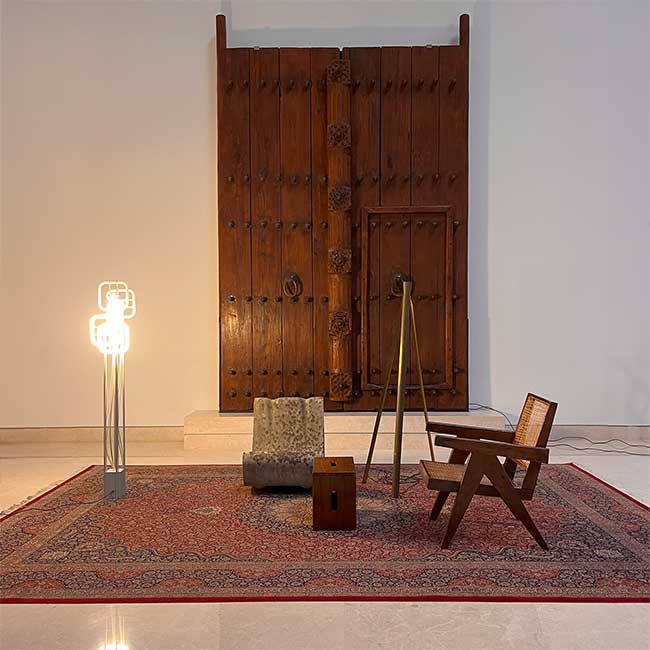
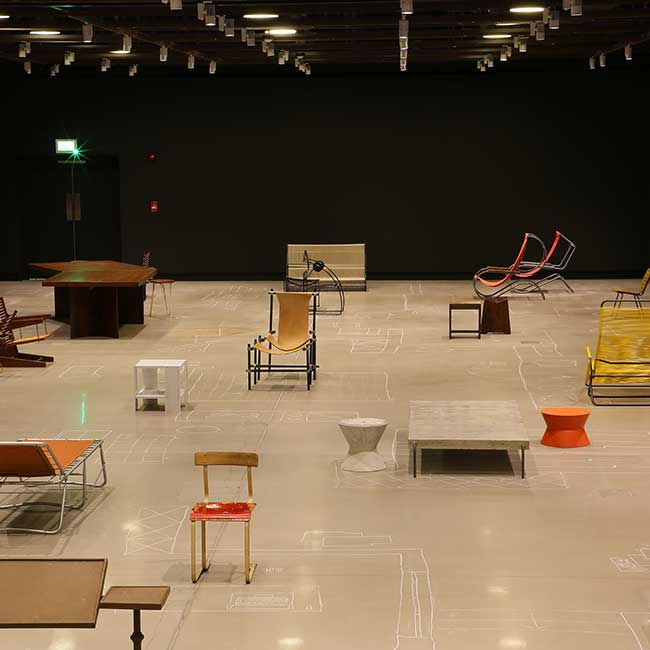
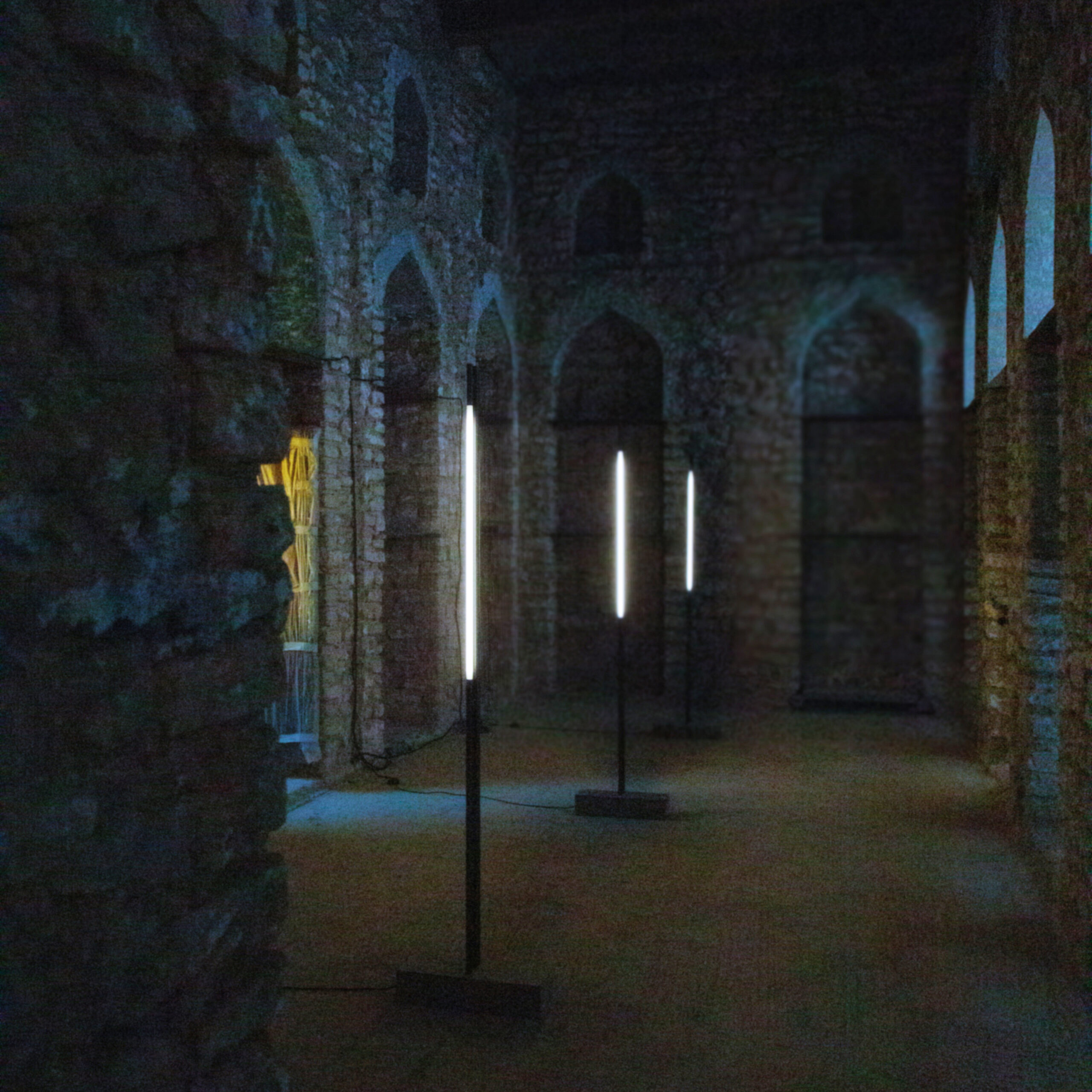
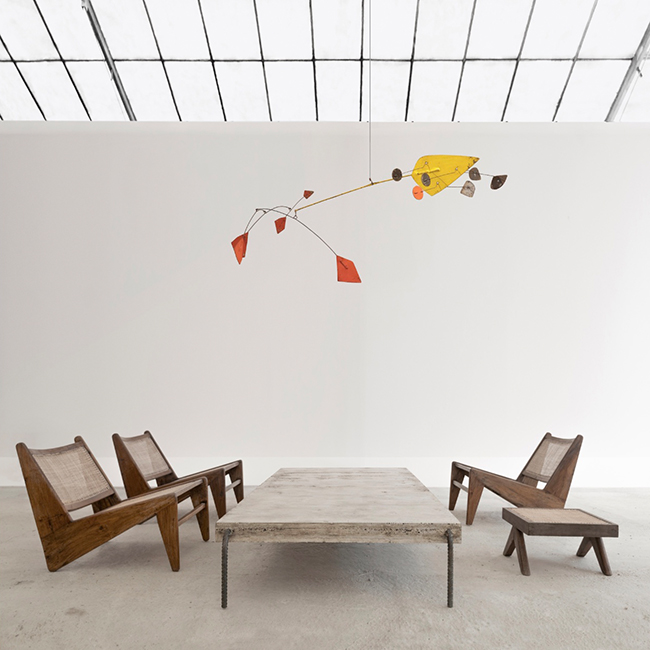

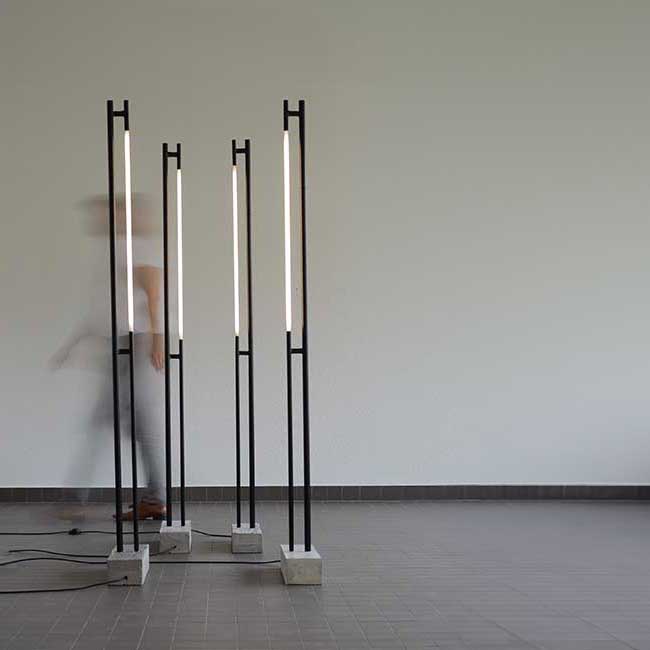

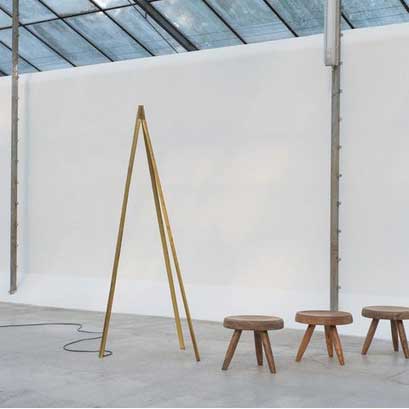
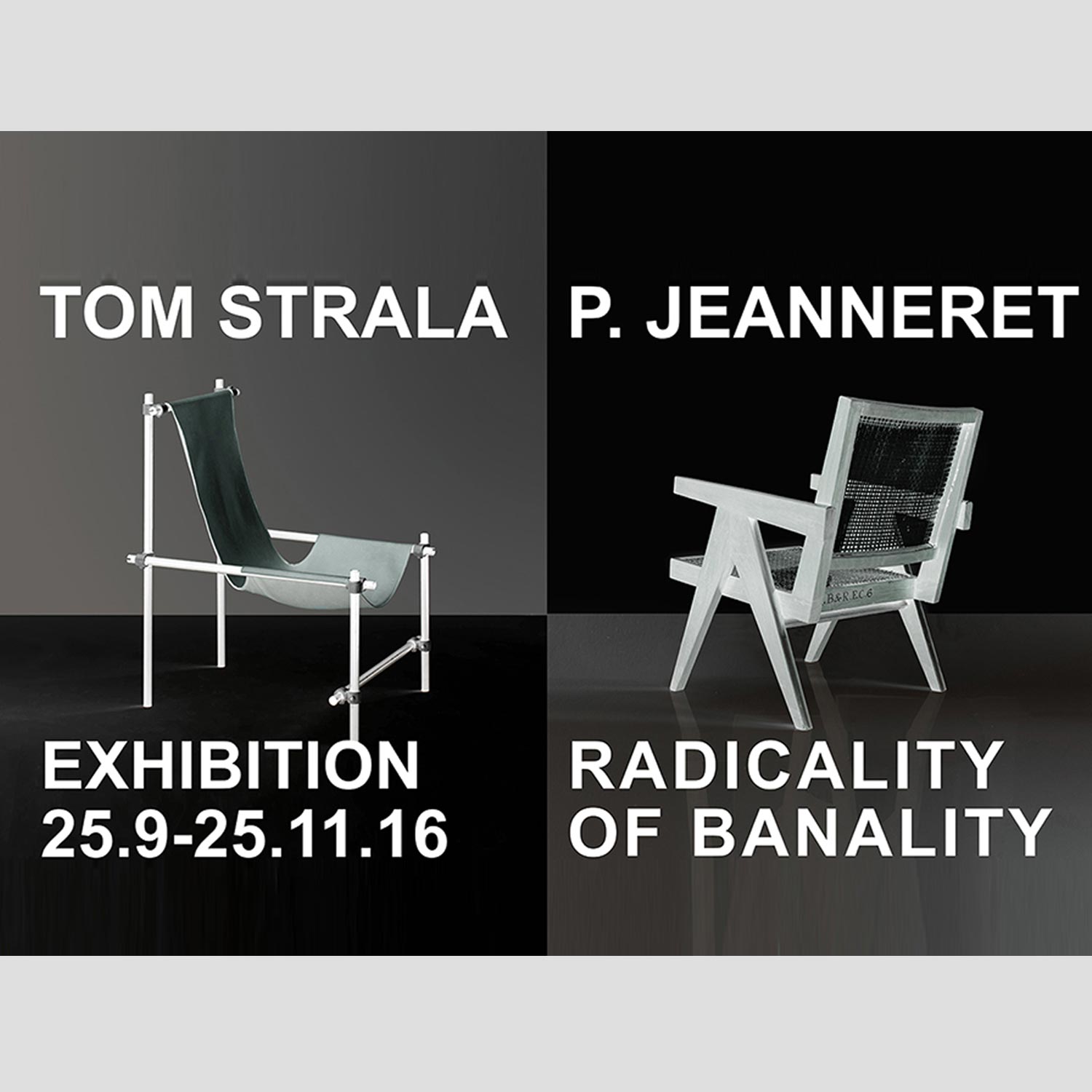
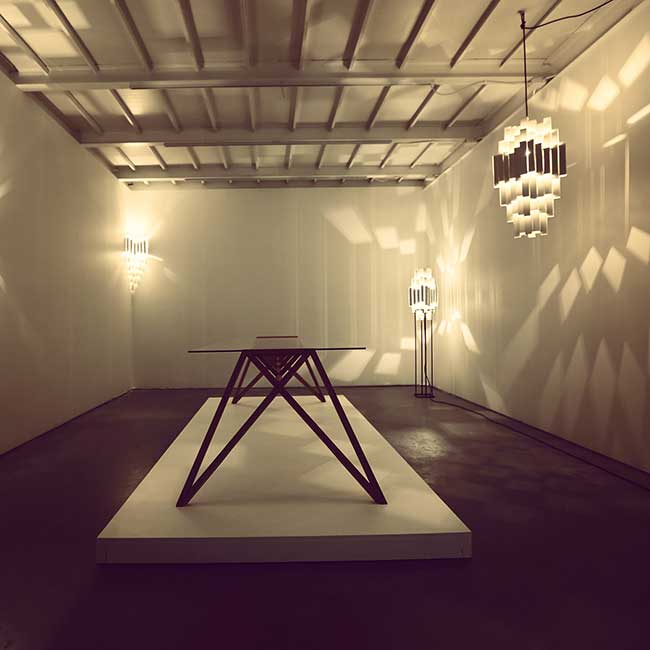
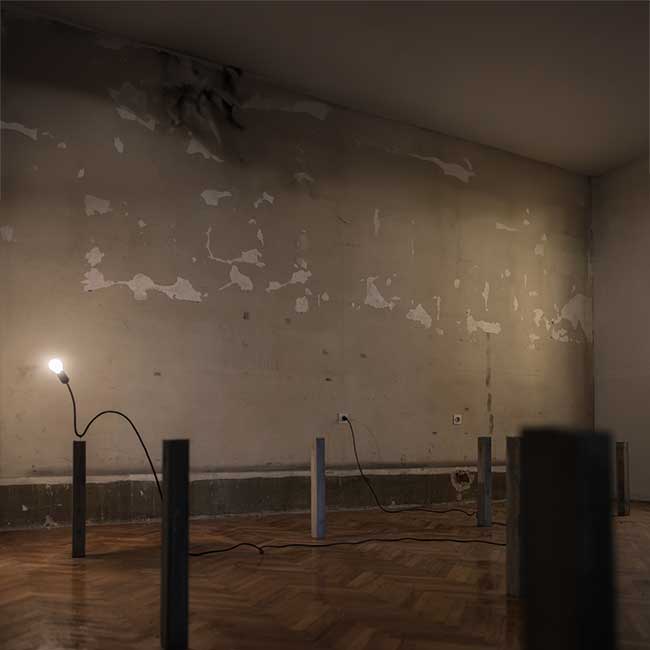
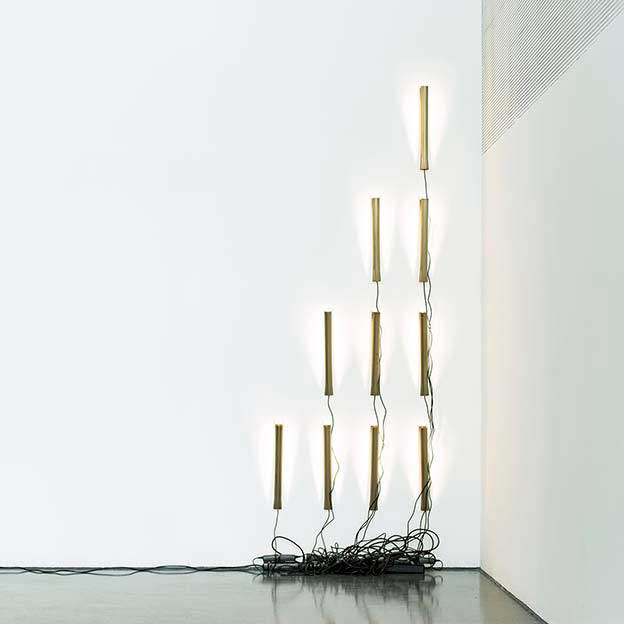
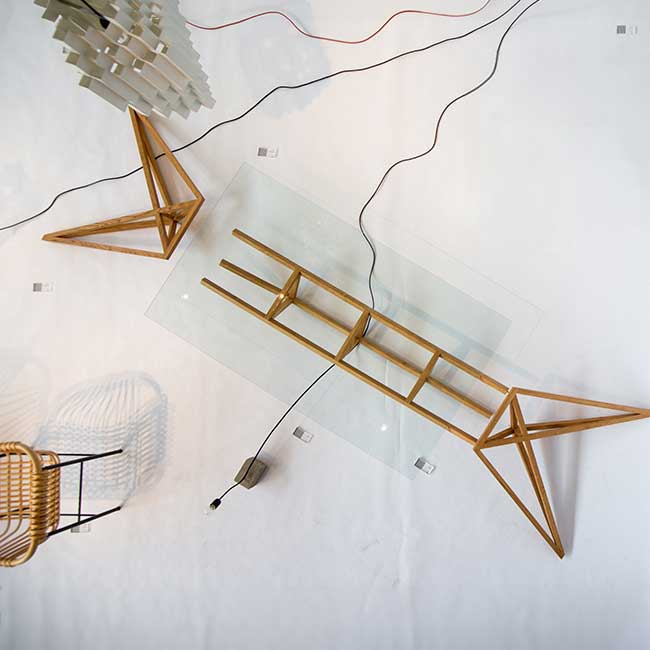


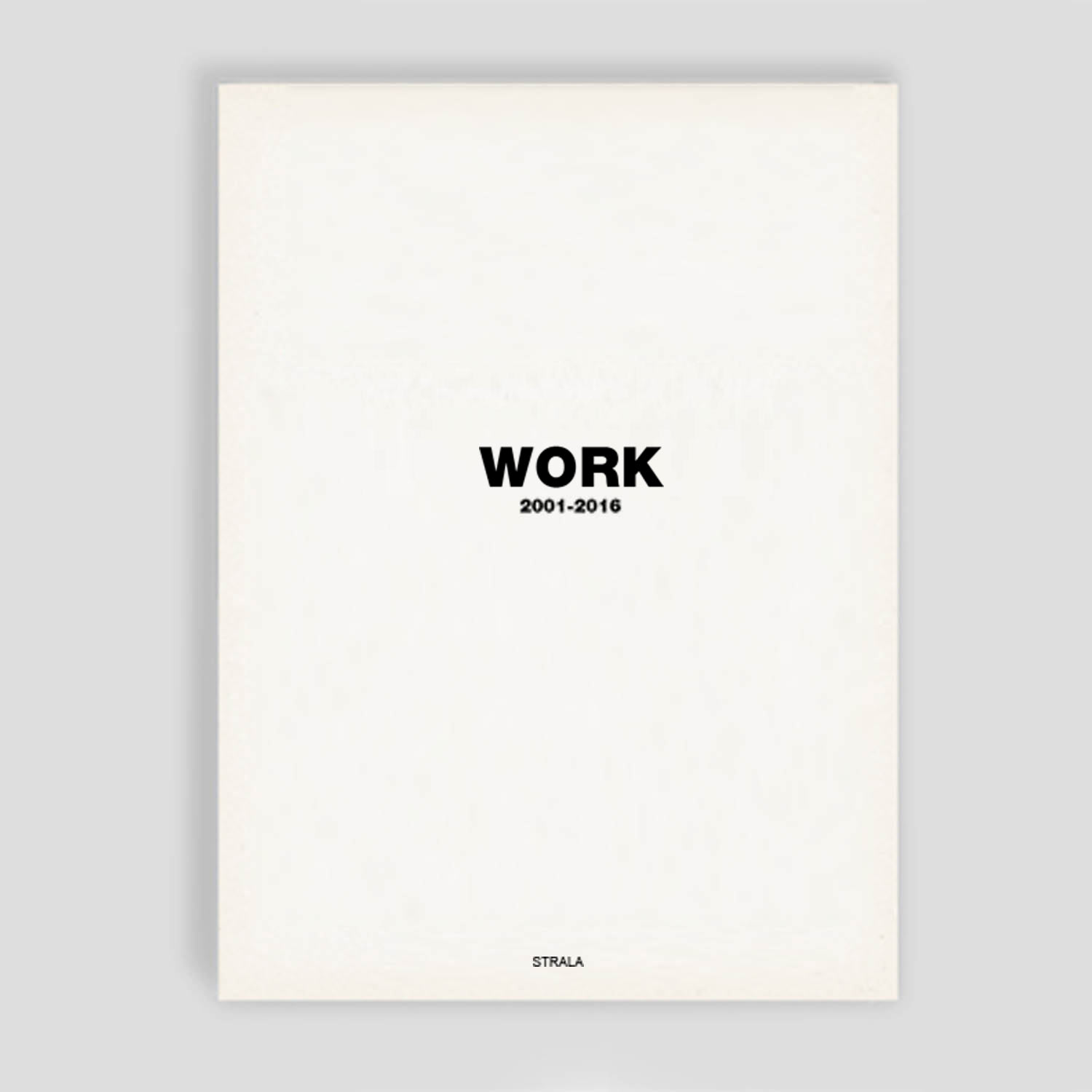

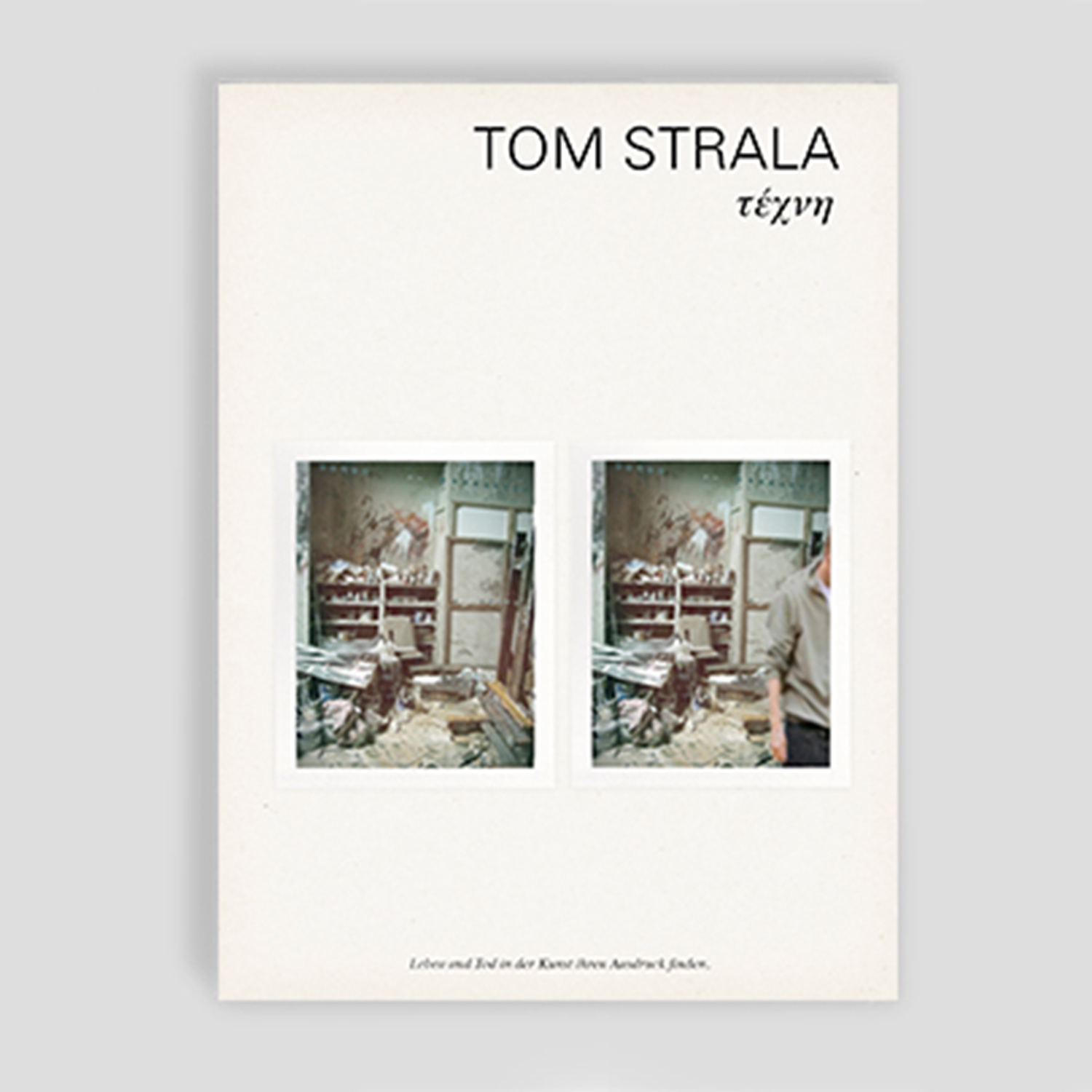
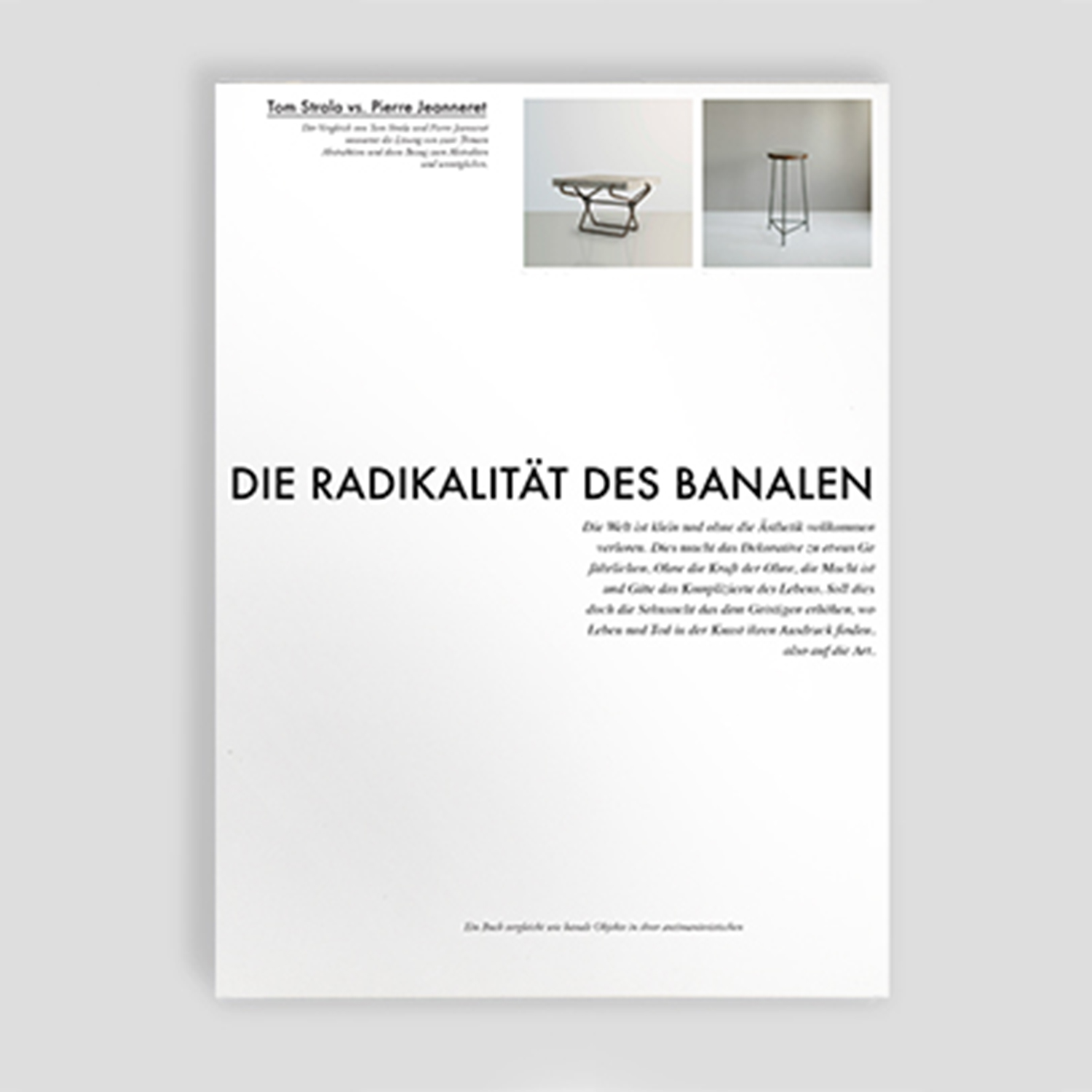
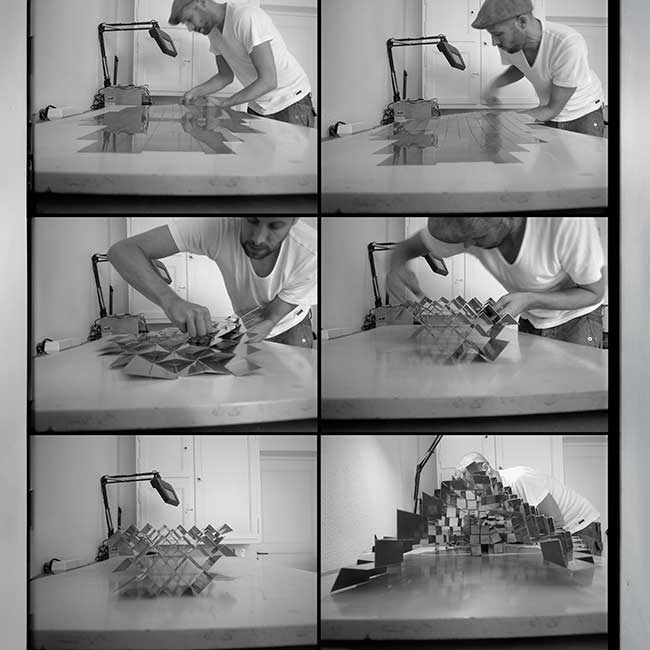
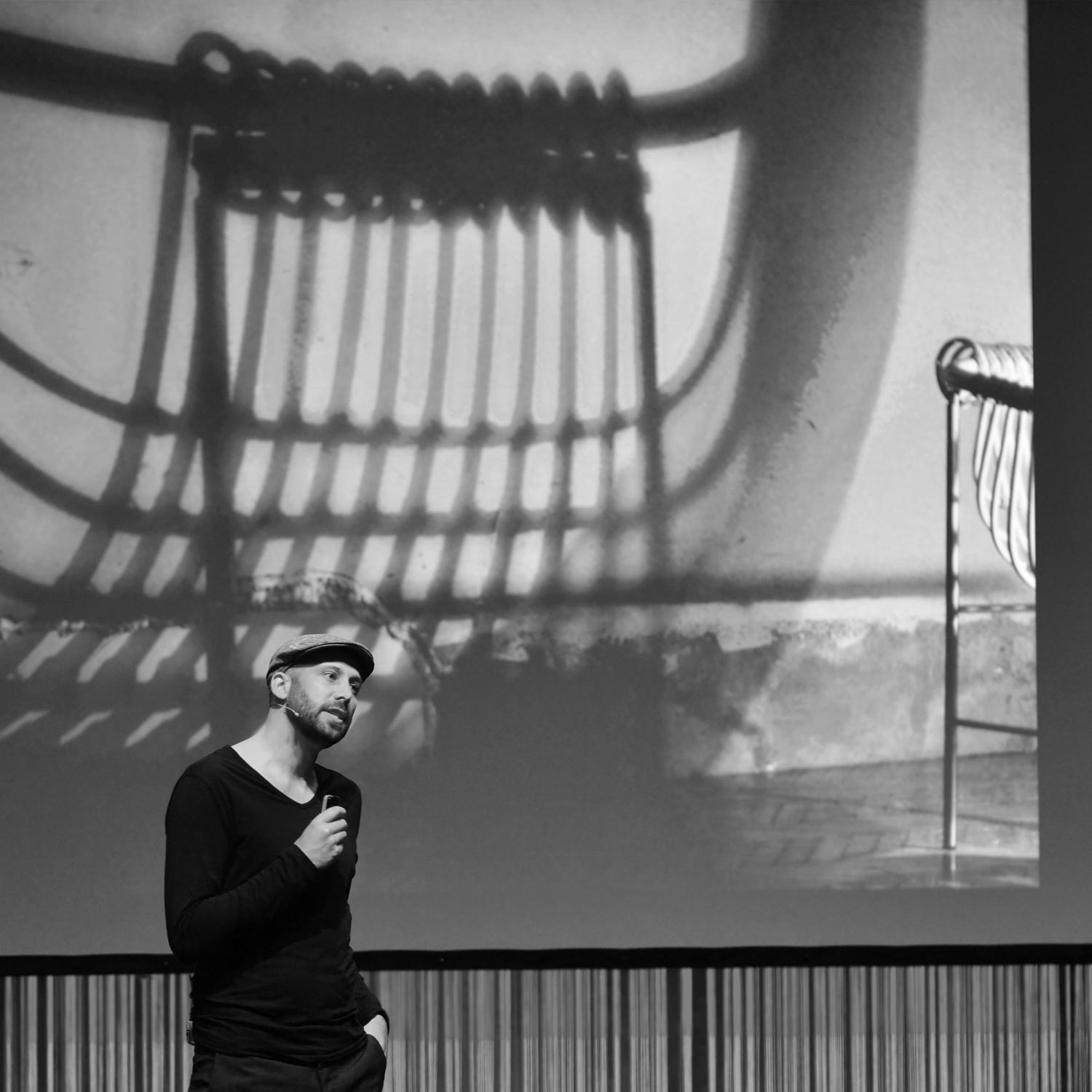
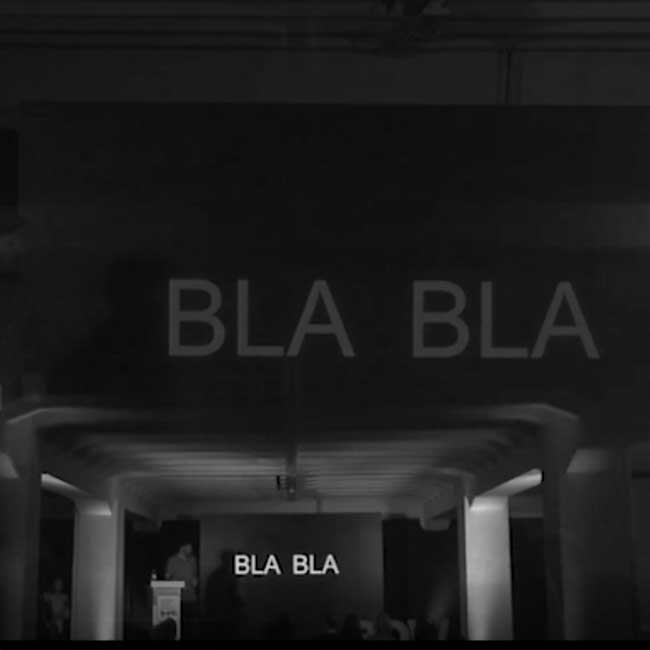

Permanent exhibition
Tom Srala(In production)
The National Museum, Muscat - Oman
From 2025